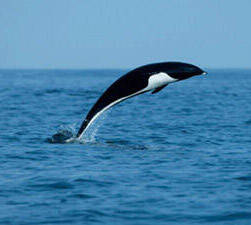
Lissodelphis borealis
Northern whale dolphin, warm water finless beaked dolphin
Northern right whale dolphin (scientific name: Lissodelphis borealis) is cal···
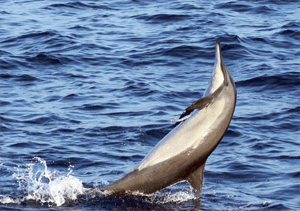
Stenella longirostris
Spinner dolphin, spinner dolphin, long-beaked spinner dolphin
Long-beaked dolphin (scientific name: Stenella longirostris) is also known a···
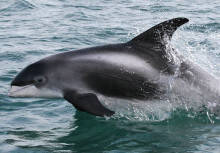
Lagenorhynchus albirostris
White-nosed dolphin, white-beaked dolphin, squid-hunting dolphin
White-beaked dolphin (scientific name: Lagenorhynchus albirostris) is called···
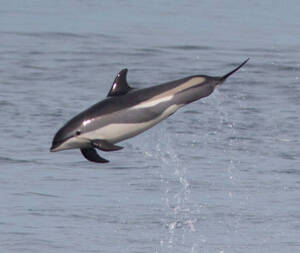
Lagenorhynchus acutus
Atlantic white-sided dolphin, jumping dolphin, bouncing dolphin
Atlantic White-sided Dolphin (scientific name: Lagenorhynchus acutus) is als···
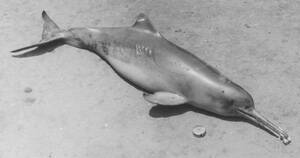
Pontoporia blainvillei
La Plata River Dolphin
The scientific name of the Lapu-Lapu river dolphin is Pontoporia blainvillei···
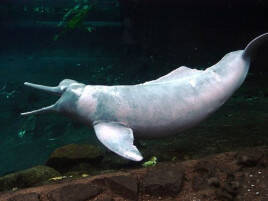
Inia geoffrensis
Amazon porpoise
The scientific name of the river dolphin is Inia geoffrensis. It is the larg···
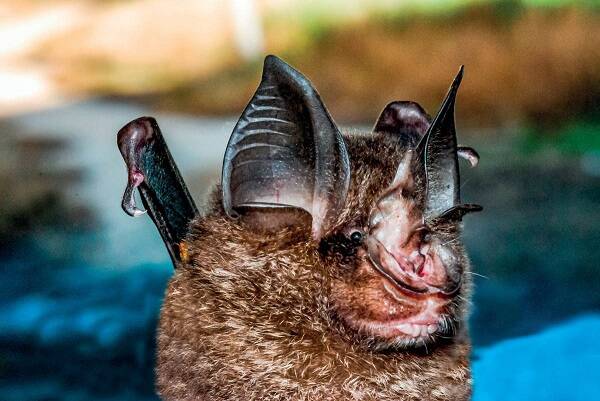
Rhinolophus medius
Rhinolophus affinis
The middle horseshoe bat is a common cave bat species. It lives in moist cav···
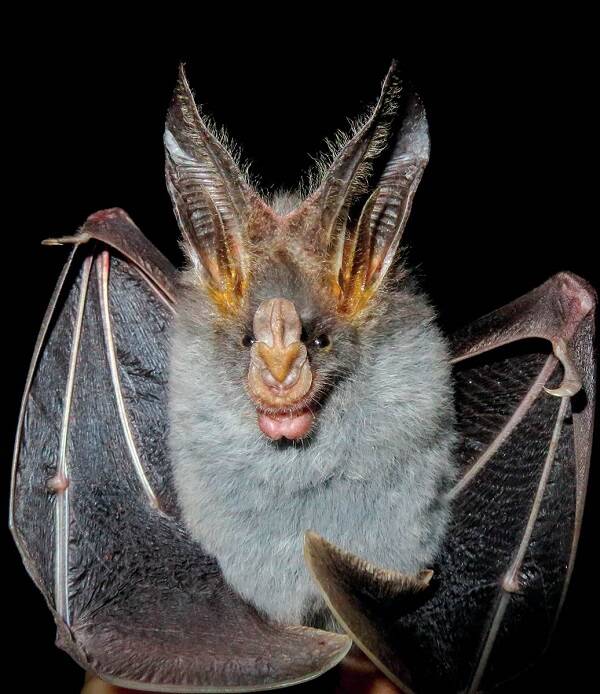
Malayan false vampire bat
This species belongs to the subgenus <Megaderma>. Bergmans & Bree ···
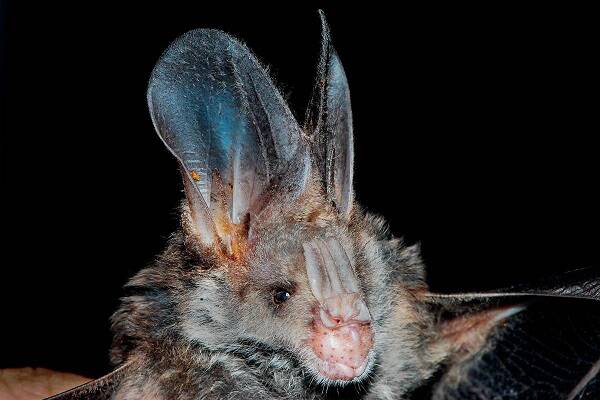
Megaderma lyra
Megaderma lyra
The Indian false vampire bat usually moves in groups of dozens and does not ···
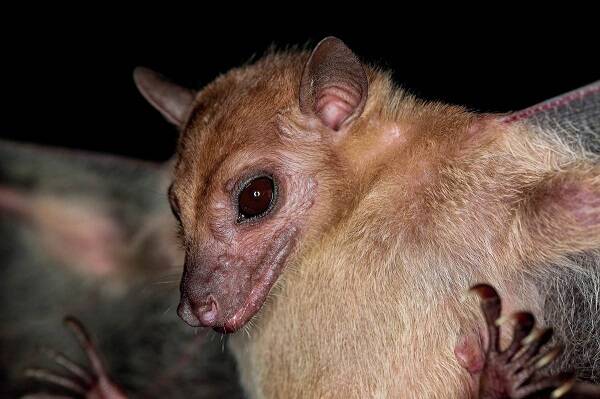
Rousettus leschenaulti
Rousettus leschenaulti、Leschenault's rousette
Brown fruit bats are typical tropical bats that do not hibernate. Although t···
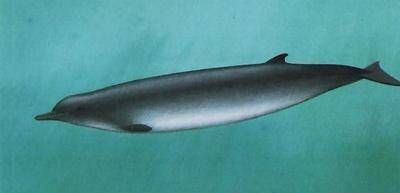
Tasmacetus shepherdi
Shea's beaked whale, Tasman's whale, Tasman's beaked whale
Shepherd's beaked whale, scientific name Tasmacetus shepherdi, foreign n···
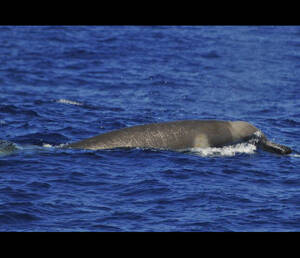
Indopacetus pacificus
Longman's beaked whale, Pacific beaked whale, Indo-Pacific beaked whale
Longman's Beaked Whale (Scientific Name: Indopacetus pacificus) is also ···
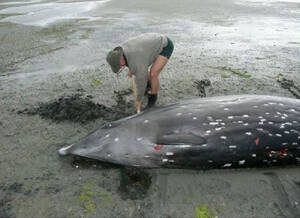
Mesoplodon hotaula
The Sri Lankan Mesoplodon hotaula was first described in 1963 and was consid···
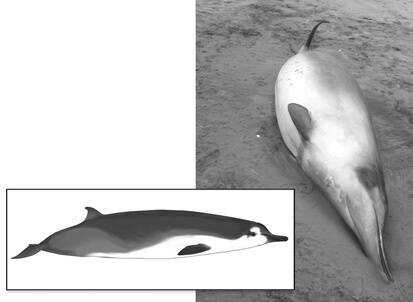
Mesoplodon traversii
Spade-toothed whale (Mesoplodon traversii), foreign media reported that scie···
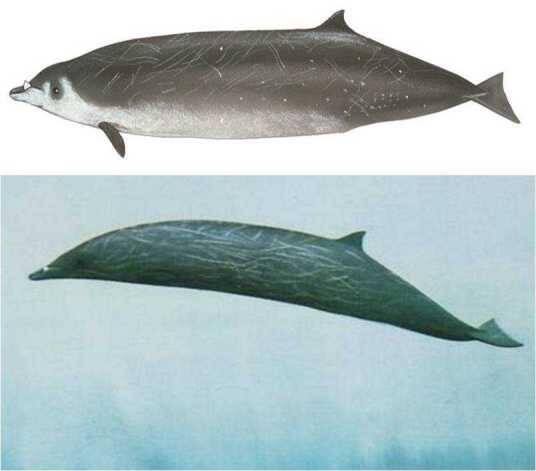
Mesoplodon stejnegeri
Stein's beaked whale, North Pacific beaked whale, Saber-toothed beaked whale, Bering Sea beaked whale
Stejneger's Beaked Whale, scientific name Mesoplodon stejnegeri, foreign···
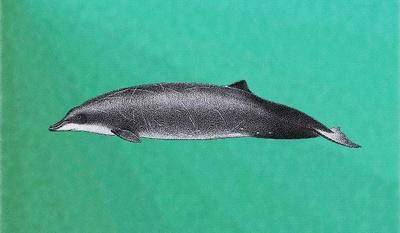
Mesoplodon peruvianus
The Peruvian Beaked Whale is the smallest of the Mesoplodon peruvianus. The ···

Mesoplodon mirus
Trujillo's beaked whale, Wonderful beaked whale
True's Beaked Whale has never been identified at sea, so nothing is know···
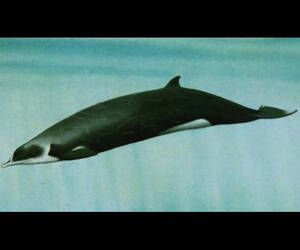
Mesoplodon layardii
Long-toothed beaked whale, Lyman's beaked whale, hook-toothed beaked whale, long-toothed whale
Mesoplodon layardii, also known as Strap-toothed Whale, is the largest of th···
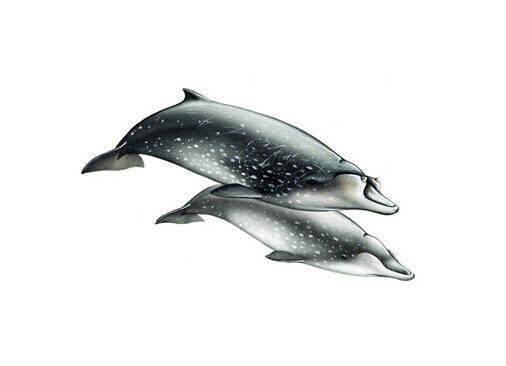
Hector's Beaked Whale
Heck's beaked whale, New Zealand beaked whale, Heck's beaked whale
Hector's Beaked Whale was first discovered in 1866, but until 1975, ther···
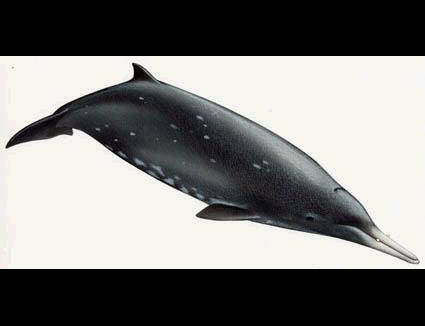
Mesoplodon grayi
Gray's Beaked Whale's scientific name is Mesoplodon grayi, and its f···
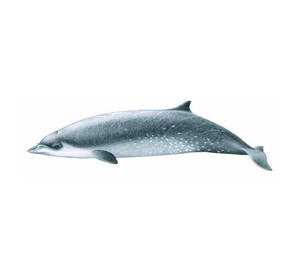
Mesoplodon ginkgodens
Japanese beaked whale, Ginkgo beaked whale, Ginkgo-toothed beaked whale
Ginkgo-toothed beaked whale (scientific name: Mesoplodon ginkgodens) is call···
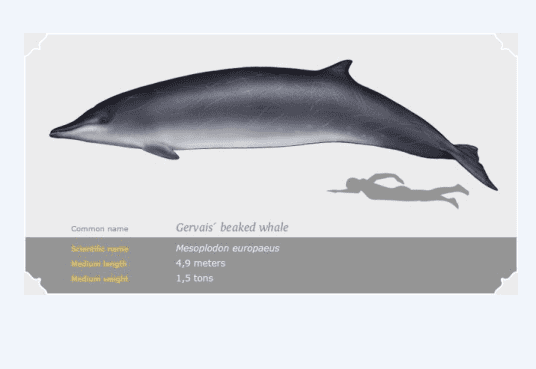
Mesoplodon europaeus
Theodore's beaked whale, Gulfstream beaked whale, European beaked whale, Andreas' beaked whale
Gervais's beaked whale was first recorded in the 1840s as a specimen flo···

Mesoplodon carlhubbsi
Harvey's beaked whale
Hubbs' Beaked Whale has only one possible sighting, and very little is k···
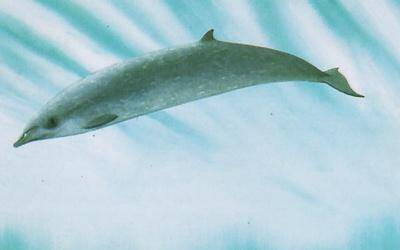
Mesoplodon bidens
Thor's beaked whale, North Sea beaked whale Thor's beaked whale, North Sea beaked whale
Sowerby's Beaked Whale, scientific name Mesoplodon bidens, foreign name ···
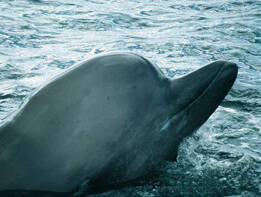
Hyperoodon planifrons
The scientific name of the Southern Bottlenose Whale is Hyperoodon planifron···
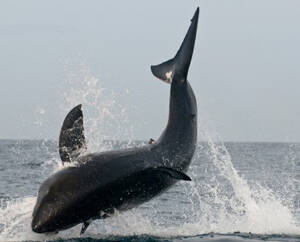
Hyperoodon ampullatus
North Atlantic bottlenose whale, flathead whale, bottlehead whale, steep-headed whale
The scientific name of the northern bottlenose whale is Hyperoodon ampullatu···
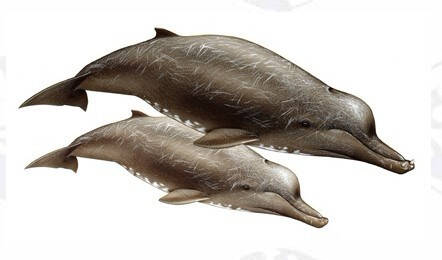
Arnoux's Beaked Whale
Arnold's beaked whale, southern four-toothed whale, southern beaked whale, New Zealand beaked whale, southern bottlenose whale, southern porbeagle whale
Arnoux's Beaked Whale, scientific name Arnoux's Beaked Whale, is usu···
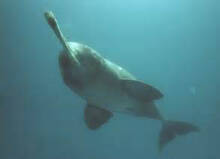
Platanista gangetica minor
Indus River Dolphin, South Asian River Dolphin Indus subspecies
The Indus River Dolphin (Platanista gangetica minor) is one of the few dolph···
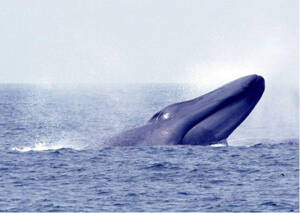
Caperea marginata
Small right whale, dwarf whale, dwarf whale, small right whale, pygmy right whale, new right whale
The scientific name of the pygmy right whale is Caperea marginata, and its f···
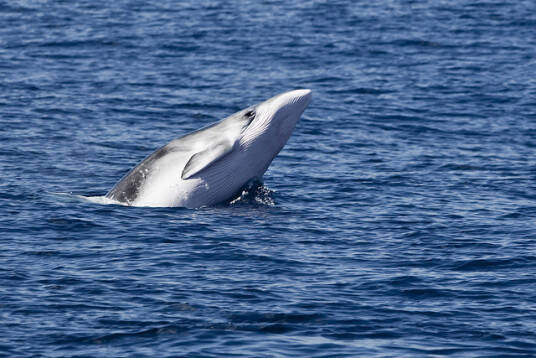
Balaenoptera bonaerensis
Antarctic baleen whale, Southern minke whale
Antarctic minke whale (scientific name: Balaenoptera bonaerensis) is also kn···
